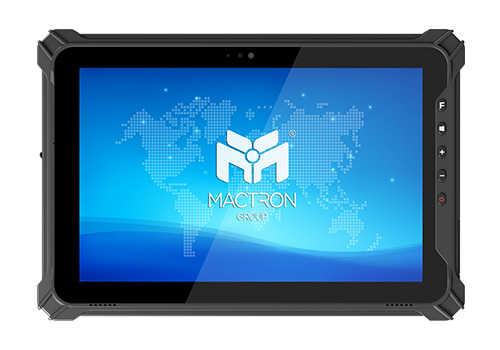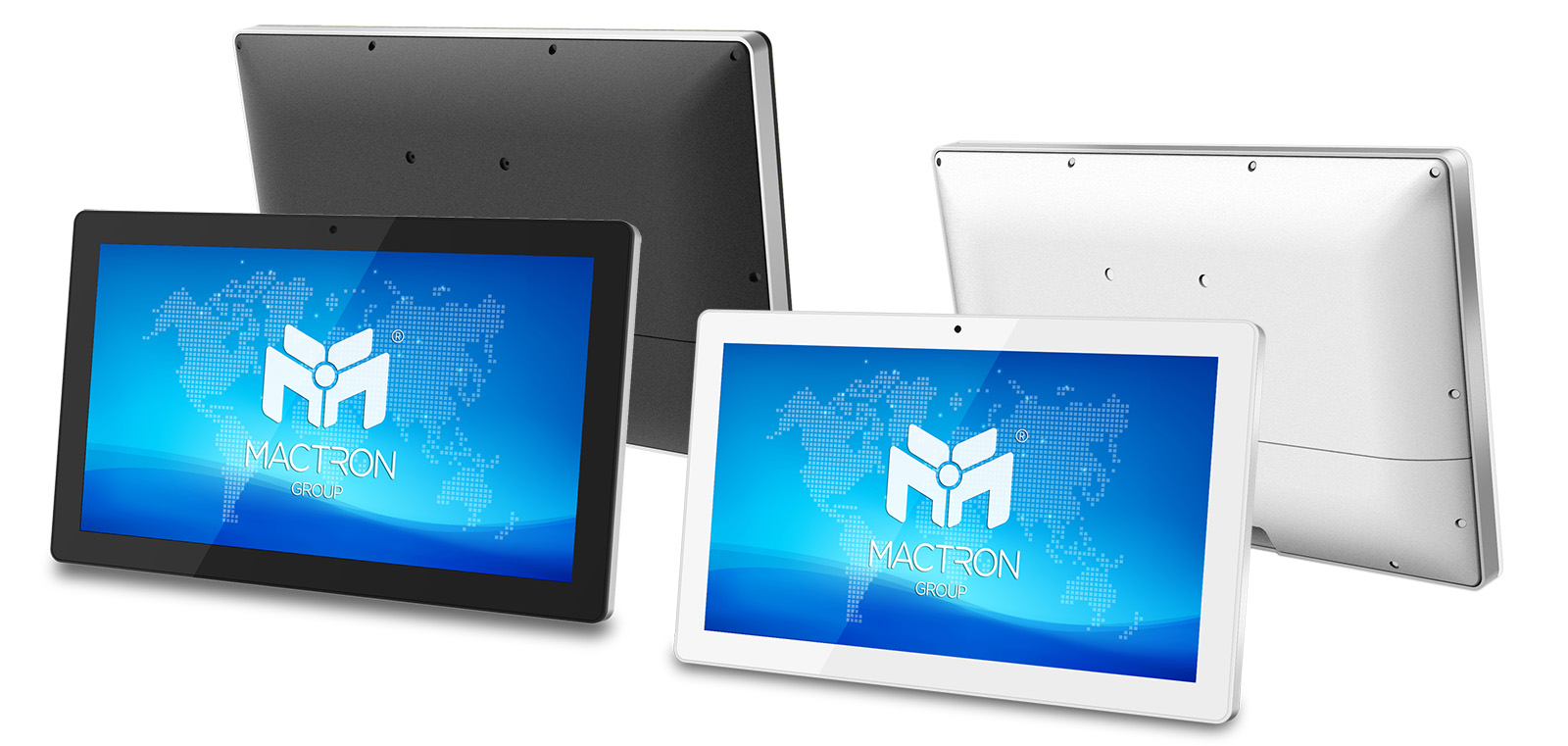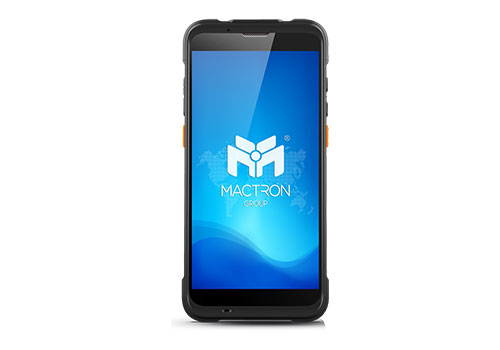Directions of Advancement in Screen Technology
By BenRG - Own work based on: CIExy1931.svg, Public Domain, Link
- Resolution and Pixel Density:
With technological progress, screen resolution continues to increase. Resolutions such as High Definition (HD), Full High Definition (Full HD), 2K, 4K, 8K, and beyond are becoming more common, providing clearer images. Higher pixel density makes images and text more detailed. -
Color Technology:
Next-generation screen technologies support wider color gamuts and more realistic color representation. For example, High Dynamic Range (HDR) technology offers higher contrast and richer colors, enhancing the visual experience. -
Refresh Rate:
High refresh rate screens (e.g., 120Hz, 144Hz, 240Hz) offer smoother animation effects in gaming and video. This is crucial for gaming enthusiasts and applications sensitive to dynamic visual effects. -
Curved Screens:
Curved displays provide viewers with a more immersive visual experience, especially for larger screens. This technology is widely used in TVs and computer monitors. -
Energy Efficiency:
New screen technologies are often designed to be more energy-efficient, incorporating low-power backlight technology, automatic brightness adjustment, and power-saving modes.
The Outstanding Performance And Advantages Of IPS Displays

The reason IPS is currently the most widely used is that the visual experience and color performance it provides are considered by many users to be an ideal choice for numerous application scenarios. IPS stands for "In-Plane Switching," which is a type of liquid crystal display (LCD) technology. IPS technology is primarily used in LCDs and other flat-panel display devices to offer better color accuracy, wide viewing angles, and faster response times.
-
Wide Viewing Angles:
IPS technology provides a larger viewing angle range, meaning that the color and brightness variations on the screen are minimal. This ensures consistent image performance regardless of your position in front of the screen. -
Color Accuracy:
IPS displays typically present more accurate and saturated colors. This is crucial for applications that require precise color representation, such as photo editing, video production, and professional design. -
Faster Response Times:
Compared to some past LCD technologies (such as Twisted Nematic, TN), IPS generally has faster response times, helping to reduce motion blur and image ghosting in fast-paced dynamic scenes. -
Low Color Shifting:
IPS displays exhibit lower color shifting compared to some other LCD technologies. This means that the colors on the screen remain relatively consistent at different viewing angles. -
Suitable for Multimedia and Professional Applications:
Due to its excellent color performance and viewing angle characteristics, IPS displays are often chosen for applications that demand high color accuracy, such as video editing, video production, and digital art creation.


Take a look at the MAS Series/ MAA Series Series of MACTRON GROUP(MTG). Our mobile tablets all use IPS panel displays for accurate color performance and multimedia and professional applications to suit your work environment.




























